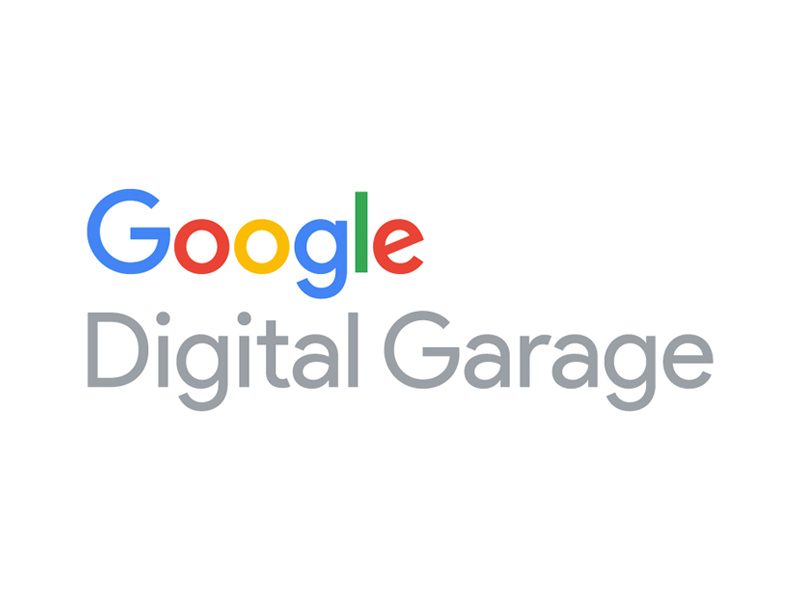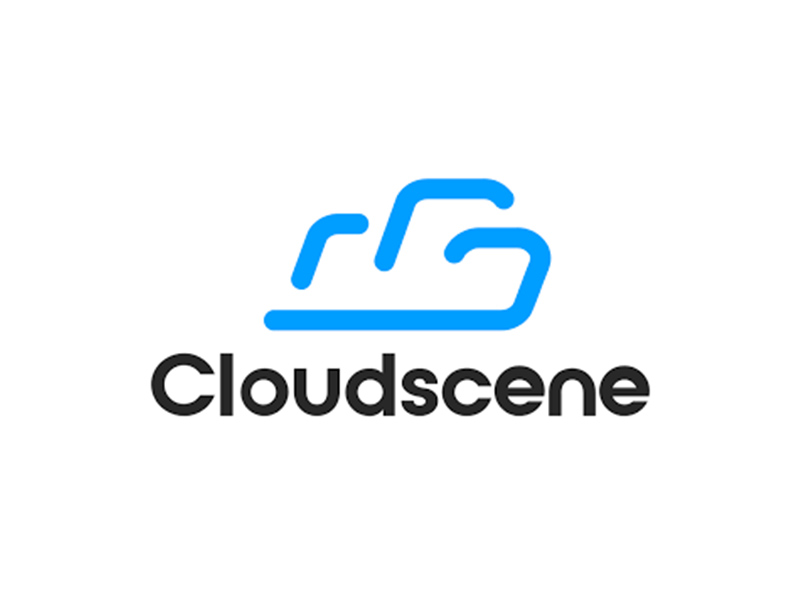The outbreak of COVID-19, declared as a pandemic by The World Health Organization on the 11th March 2020, has thrown into question day-to-day operations for businesses globally. While this develops, organisations need to be forward planning now in preparation for the potential loss of work productivity that could come from office and workplace closures.
How do workforces with high outputs digitise effectively and continue to operate at an acceptable capacity in times of global crisis or unpredictable circumstances such as the one we’re seeing in early 2020! With 85% of respondents confirming increased productivity due to greater flexibility, in IWG’s Global Workplace Survey, it’s clear that this is not only a necessity for the now but a profitable area of growth for the future.
Social distancing to prevent the spread of COVID-19 has been advised which impacts offices, stores, public events and so much more. Office closures pose operational and financial threats to organisations in addition to employees feeling a financial strain. While sick pay may cover some of the financial loss for employees, there is no clear blanket backup for businesses who risk the inability to complete projects and drive the business forward, due to these rare circumstances. To prevent the loss of income as operations and projects grind to a halt, how can all businesses be implementing continuity planning now?

As facilitators of scalable and flexible teams, through our Total Project Outsourcing (TPO) model, we have built and managed numerous teams which can operate flexibly and remotely, so know that with the correct execution this is something that can be done well. Remote working or working from home (WFH), is an option which many businesses may need to adopt as a serious option as the reality of office closures or at the very best, reductions, emerges. A workplace which is not physically able to come together can, in many situations, still operate.
While working from home is a realistic and manageable option in many industries, there are some which will struggle. Travel is one industry which is already feeling the effects of COVID-19, air travel especially, and is largely unable to enforce WFH to minimise the loss of profit and service. The entertainment, construction and retail industries are other areas which, following discouragement of group gatherings and store or site closures will feel a financial loss and under a lock-down situation would not be able to continue or work remotely.
Executing Working From Home As A Necessity
For an organisation to operate remotely and keep output high and projects moving forward, communication needs to be clear and organised. Implementing the use of workflow management software which may already be in use, will be a lifeline here.
Working from home is already something that has been encouraged in many areas of China, where the practice is, although growing in popularity, less common than in the Western hemisphere. In 2019 51% of workspaces in China reported a flexible working policy, with only Japan (32%) lagging behind, and in comparison to Germany’s 80%, on the other end of the scale.
In the UK, 73% of individuals would consider flexible working to be the new norm, however, there are still many businesses that either cannot implement working from home or do not offer it. Ultimately, a situation like this is testing businesses’ readiness to implement work from home and operate digitally. For many businesses, this will only magnify the practices already in place, however, for some more traditional industries, this will be a wake-up call to rethink their adoption of technology and own internal digital capabilities. Maintaining operations in a virtual world is the challenge of a global crisis which calls for social distancing or, in some cases, ‘lock-down’.
Offices may wish to start implementing work from home procedures now, taking ‘practice’ days as an opportunity to introduce all members of staff to the idea and iron out any kinks before the process becomes a necessity.
To soften the impact of a WFH policy for all staff, Goldman Sachs, who have reported 2 cases of COVID-19 in their organisations, one in Sydney, Australia and one in London, UK, have instead split their employees into teams, the blue team and the white team; these teams will alternate between working from home and in the office. The hope is that this will limit employee exposure to and spreading of the virus and also allow continuity of workplace product.
While remote working is on the rise, seeing a 27% rise over the past 10 years, the demand for remote working in the UK alone, it seems, is higher than the actuality. Employees or employers may not be ready for the flexibility of virtual and remote working from home, however, a global pandemic such as COVID-19 has brought the necessity of it to the forefront of our consciousness. There are benefits to this in that it may force a ‘trial’ of working from home for many businesses who are having to put into place a whole remote working system as a matter of necessity rather than employee demand.

Video Conferencing & Staying Connected
Now, quickly in much higher demand, video conferencing services are being utilised to facilitate working from home for whole companies. The possibilities that video conferencing allows are greatly influential in stopping the spread of viruses and allowing workplaces to move forward, allowing classes to be taught virtually, meetings to occur, brainstorming sessions to go ahead and ultimately business to carry on, almost, as normal.
While this is great news for businesses like Microsoft Teams, Cisco or Zoom, who have already seen more users in the first 3 months of 2020 (2.2 million monthly users) than the whole of 2019 (1.99 million), issues are already arising as these video conferencing software companies potentially struggle to provide for such capacity at such a consistent rate on such an increased scale. With any number for employees all needing to reach each other simultaneously, or departments continuing to hold their morning meeting may cause systems to crash.
Not only this, but this boom in video calls is also opening up more opportunities for hackers to gain access to company information, and with more individuals using their home computers, laptops and tablets to complete work remotely, security systems which are in place in the workplace are, at home, “largely unmonitored and often unsecured home Wi-Fi networks” according to Chis Hazelton, director of security solutions at Lookout, and this, in turn, “creates a very large target of opportunity for cybercriminals” (Threatpost). This is the case for not only video calling but possibly other dashboards and platforms accessed from less secure locations. Security is a vital cog in the working from home wheel.
The heavy reliance on video conferencing and ‘logging-on’ from home also demands higher use and quality of the internet which employees may not have access to in their homes. While for providers, the demand for internet will reflect very different patterns, for example now originating from homes and not the office, and this still may cause some disruption for users. Organisations may need to consider supplying certain equipment or reimbursements to their staff in order for them to complete their role successfully.
In becoming digitally adept, the flaws associated with such useful tools need to be recognised for effective continuity planning. Increasing security measures applied to and followed by those working from home can help the company to avoid any unwanted attention from hackers, while limiting the number of check-ins, catch-ups and team meetings taking place while staff are advised to apply social distancing and work from home can ensure that when communications take place that they are clear and concise. And don’t forget that those check-ins can also take place on your workplace workflow management platform (Asana, Monday, etc) and don’t underestimate the use of email or messaging apps like Slack or Google Hangouts or simply collaborating on a document!

Tech Companies Taking Steps
Google has announced that they will be supporting their extended workforces and rolling out the provision of sick pay to all of their employees. The global brand works with many temporary staff and vendors on their many projects; a fund has been put aside to provide those temporary workers prevented from working due to COVID-19 with sick pay.
Twitter, another huge global leader, has enforced mandatory working from home across all offices as of Thursday 12th, as a preventative measure, and have pledged to help employees, should they need it, with the costs of setting up a home office.
Amazon has, similarly, advised any of their workers who are able to do so, to work from home until, at least, the end of March. They too are providing payment for any workers who are unable to work from home, such as cleaners, security and hospitality. Further concerns may come as the situation prolongs and the business needs to make decisions regarding their warehouse workers who can not work from home.
Permanent Changes
Following the effects of COVID-19, we would anticipate working from home to become more widely accepted going forward.
The benefits of digital transformation have been highlighted by times which require social distancing and precautionary measures, for the businesses who have previously been reluctant to adopt digital practices as the norm. Companies have been forced to embrace the technologies which allow for remote and flexible working. The issues which may occur from the increased demand on the internet and specific software now have an, albeit involuntary, chance to expand and improve their services which will enable these practices to be much more manageable in the future.
Not only is flexible and remote working an invaluable ability to be able to apply in times of catastrophe or necessity, but also something which candidates and employees desire, a huge attraction factor for the best talent and can play a prominent part in widening talent pools.
“83% of global respondents report that the ability to work flexibly at least
some of the time would act as the clincher in case of indecision
between two similar job offers” – IWG International Workplace Survey
At Chesamel we provide training which business can utilize in times such as this, training which can upskill staff, company-wide, on technologies and practices needed to run a more flexible, fluid company. Building and managing remote teams is our forte; we understand how to successfully drive a team to success while allowing for flexibility to remain for the company. If this is something you’re interested in learning more about, you can discover our Total Project Outsourcing (TPO) model and all of our other business growth capabilities, here.












